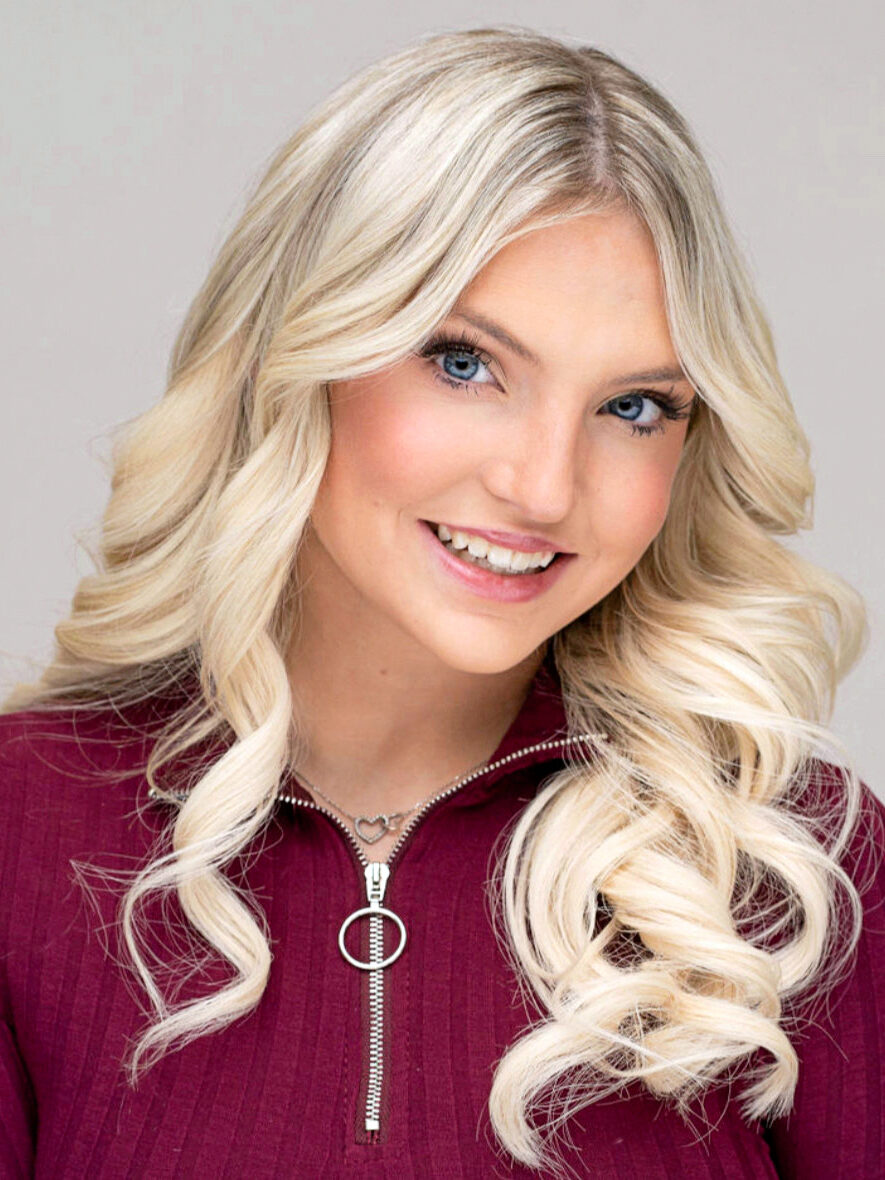
What Makes Competition Routines Go Viral Online?
Competitive dance routines are all over social media feeds these days. For choreographers, studios, and dancers, this kind of viral fame can be thrilling—and it can help a mainstream audience discover the brilliance of competitive dance. (Molly Long’s inescapable “Pop Muzik” choreography for Project 21 has even trickled down to school playgrounds.) What does it take for this kind of dance to go viral? And is online success something competition studios and choreographers should aspire to?
Elements of a Viral Dance
There’s no exact formula for virality, but bold movement and memorable storytelling are often the building blocks of social media success. According to judge, choreographer, and dancer Thomas Russ, competition dances with viral potential typically include visual components that will pop on social media, like full-bodied movement and strong imagery. “Sharp heads, traveling across the stage, and varied body directions are important to keep the image of the dance moving,” he says.
Judge, choreographer, and dancer Jocelyn Mastro feels that it’s tricky to predict which dances will succeed online. “The biggest contributors are usually the influencer who creates the content, the fluidity, and clarity in the video,” she says. “Does the video tell a story, is it pleasing to the eye, and does it create a ‘wow’ factor?”

The Drawbacks of Virality

Being part of a viral routine is exciting, but the attention can place competitive dancers, who are already facing the scrutiny of the judges, under an even more powerful microscope. When Mastro’s videos succeeded online, “everyone was an expert at your technique, what you could do better, or what they could do better,” she says. Judge, teacher, and choreographer Kiera Letts thinks that viral fame can be a distraction from dancers’ training. “The people in the video could now be living a life that they didn’t sign up for,” she says—suddenly recognizable at conventions and competitions in a way that can be overwhelming.
Mastro is also concerned that choreographers will diminish the artistic value of competitive dance if they create with virality in mind. “When I am doing any kind of choreography, the farthest thing from my mind is social media,” she says. “My time is spent on the creativity and vision coming to life, execution of the choreography, and positioning the dancers to highlight their maximum capabilities.”
When Viral Moments Create Opportunities
But the exposure that comes with social media fame can be productive for competitive dancers and choreographers. Russ has seen dancers book jobs after a routine went viral. “Benefits come with getting your name out there more,” he says. “That can lead to dance studios and dance industry people contacting you with more opportunities.”
Letts feels that viral videos are also bringing competitive dance, formerly a relatively niche genre, to a new audience. “Dances going viral make our community that much bigger,” she says. “I feel like we are impacting so many more people due to social media.”

Russ has experienced viral moments as a performer, and encourages the competitive dancers he trains to embrace the attention in a positive way. “As long as the dancer stays true to their values, takes care of themselves knowing that adversity will come, and has a good support system behind and beside them in family and true friends,” he says, “I think that dancer will be just fine in their rise to fame.”
The post What Makes Competition Routines Go Viral Online? appeared first on Dance Spirit.